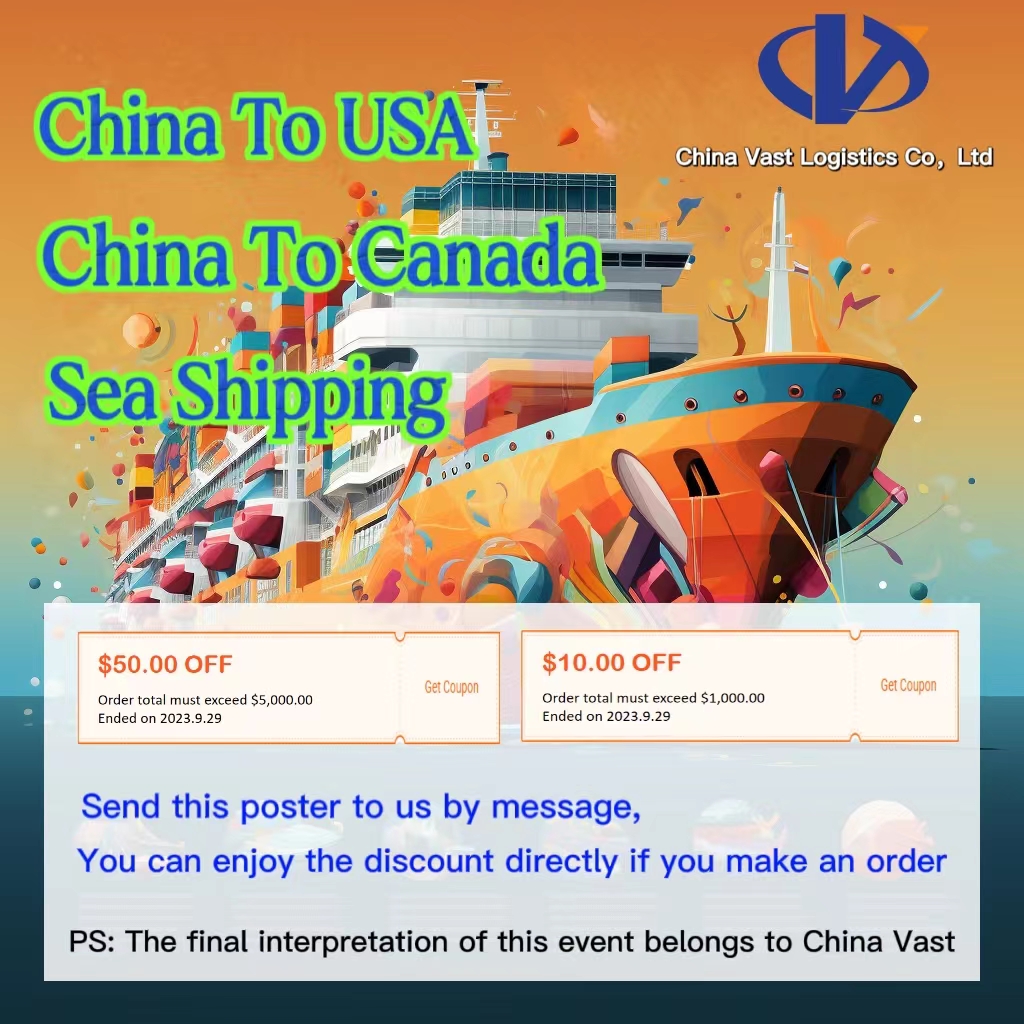EIR, short for Equipment Interchange Receipt, refers to the Container Equipment Interchange Receipt. It serves as a certificate for the transfer of container equipment between the container user, the container transporter, and the container manager (or their agent) in container transportation.
Core Functions
- Record Container Status: It documents the actual condition of the container during the handover process, including its appearance, damage, seals, and lead seals. This helps confirm the container’s real status between the two parties involved in the handover.
- Track Responsible Parties for Containers: It records the individuals responsible for the container before and after the handover. This clarifies the rights, responsibilities, and obligations of all parties during the transfer.
Included Information
As a core handover document for containers entering or exiting ports, yards, or terminals, the EIR clearly specifies details such as the container number, seal number, empty/loaded status, booking number, and vessel name & voyage number to protect the rights and interests of all parties.
Common Scenarios
The EIR is primarily used in two key stages, and it is generally divided into two types:
1. Outgoing EIR (for Empty Container Pickup)
This applies when a truck driver collects an empty container from a container yard designated by the shipping company.
- The driver uses the “Container Pickup Note” issued by the shipping company or freight forwarder to exchange for an official EIR at the port or yard office.
- The driver and yard staff jointly inspect the internal and external conditions of the empty container (e.g., cleanliness, damage, odor).
- Any defects are recorded in the “Remarks” or “Damage Record” column of the EIR.
- After both parties sign, the driver receives one copy of the EIR and can then transport the empty container away.
2. Incoming EIR (for Loaded Container Return)
This applies when a driver returns a “loaded container” (filled with goods) to the designated yard.
- The driver transports the container to the yard.
- Yard staff inspect the container’s condition, especially comparing it with the records in the outgoing EIR to check for “new damages”.
- If new damages are found, the yard will record them in the incoming EIR.
- Both parties sign to complete the handover. If the container is in good condition, responsibility is transferred from the driver/fleet to the yard/shipping company.
Fee Description
Some ports charge an EIR fee, mainly to cover costs such as document printing and management. The specific amount is determined by the shipping company or freight forwarder.
Tips
- Container Pickup Note: A authorization document issued by the shipping company or its agent to the shipper (or their designated trucking company). It allows the recipient to collect an empty container from the specified container yard for subsequent loading operations.
- The EIR is a mandatory document for picking up and returning containers. Without a valid EIR, the yard will not allow the truck to pick up or return the container.
I can adjust the terminology in this translation to be more consistent with the daily expressions of your foreign clients (e.g., adapting to U.S. or European English usage habits). Do you need me to optimize it further?

